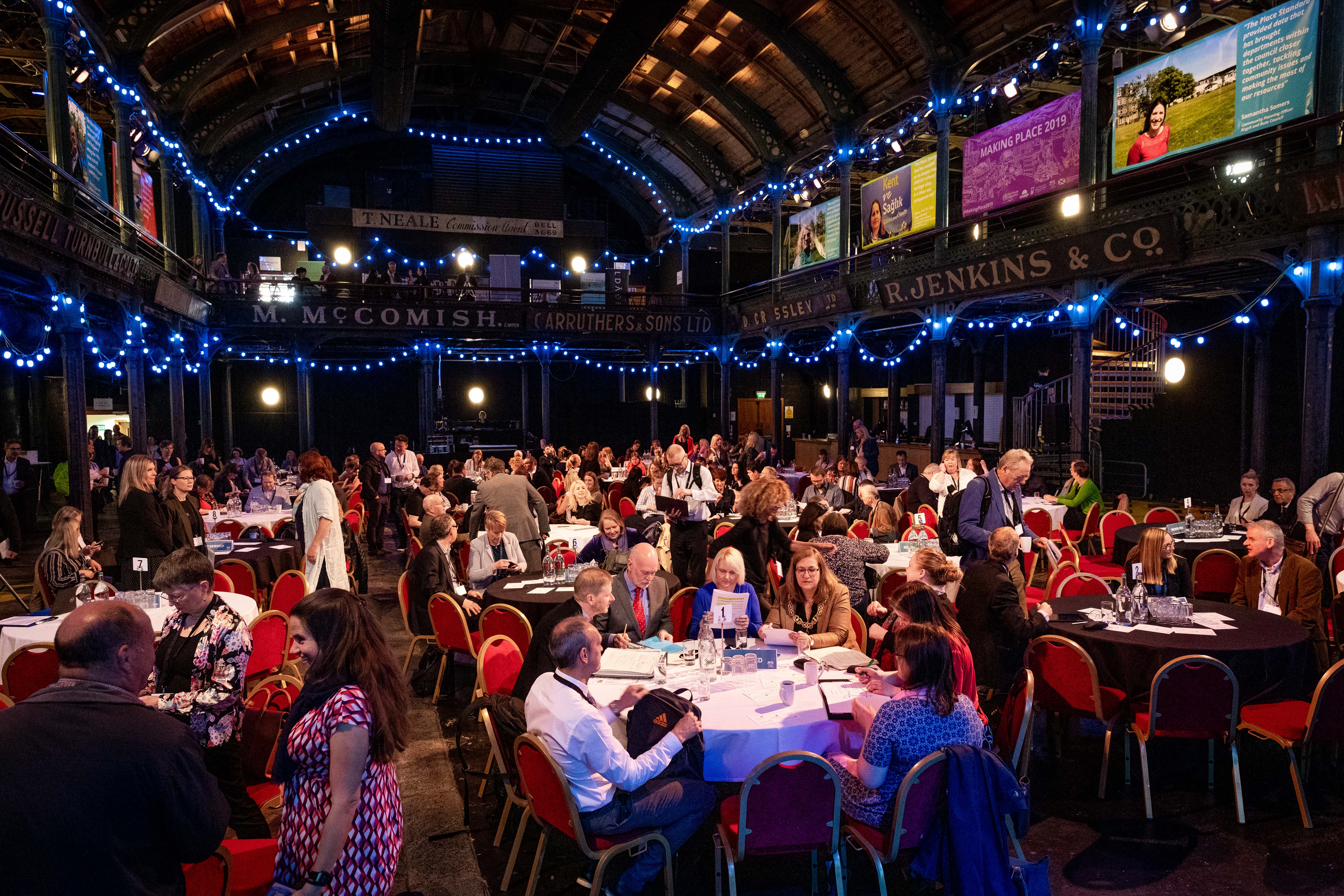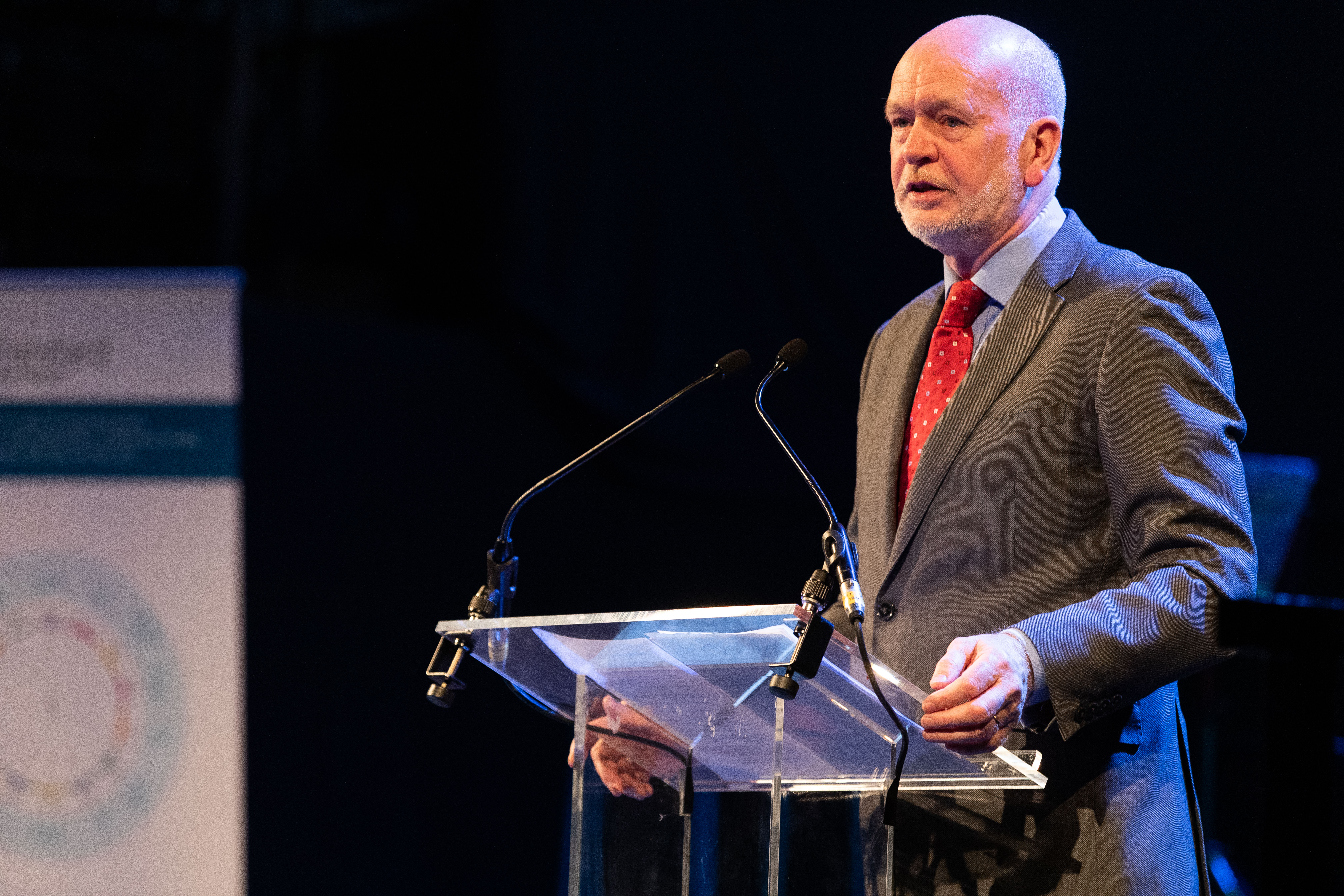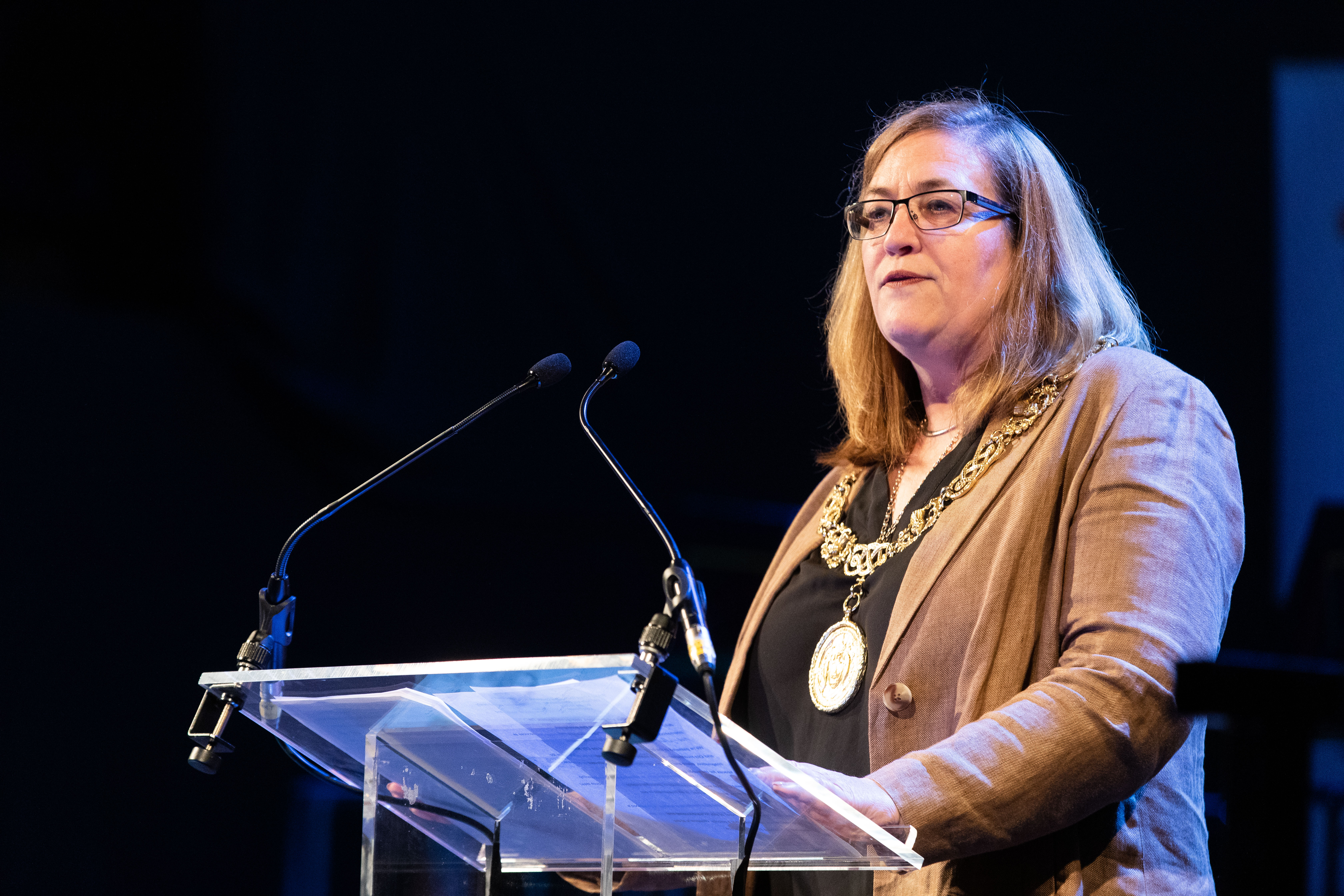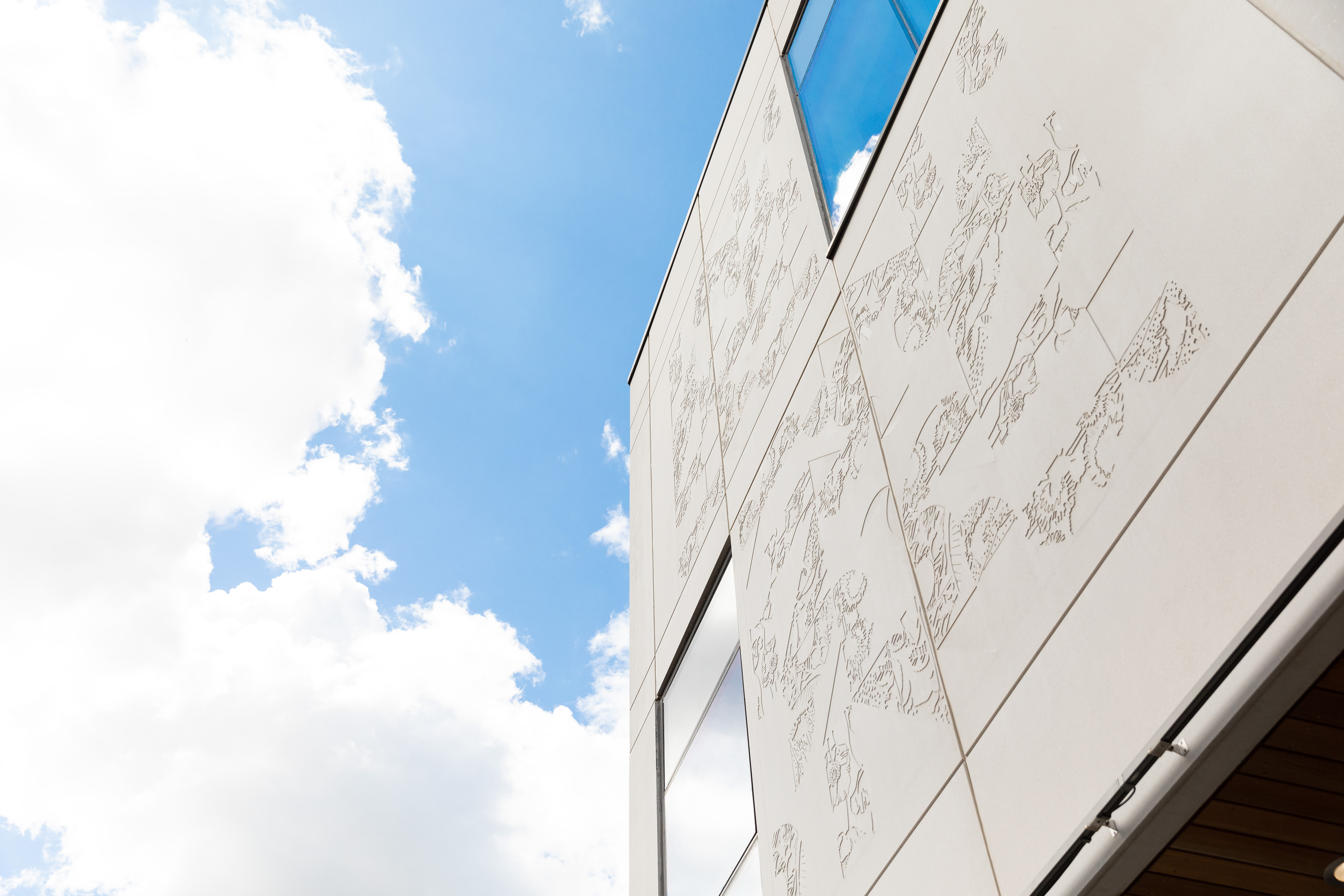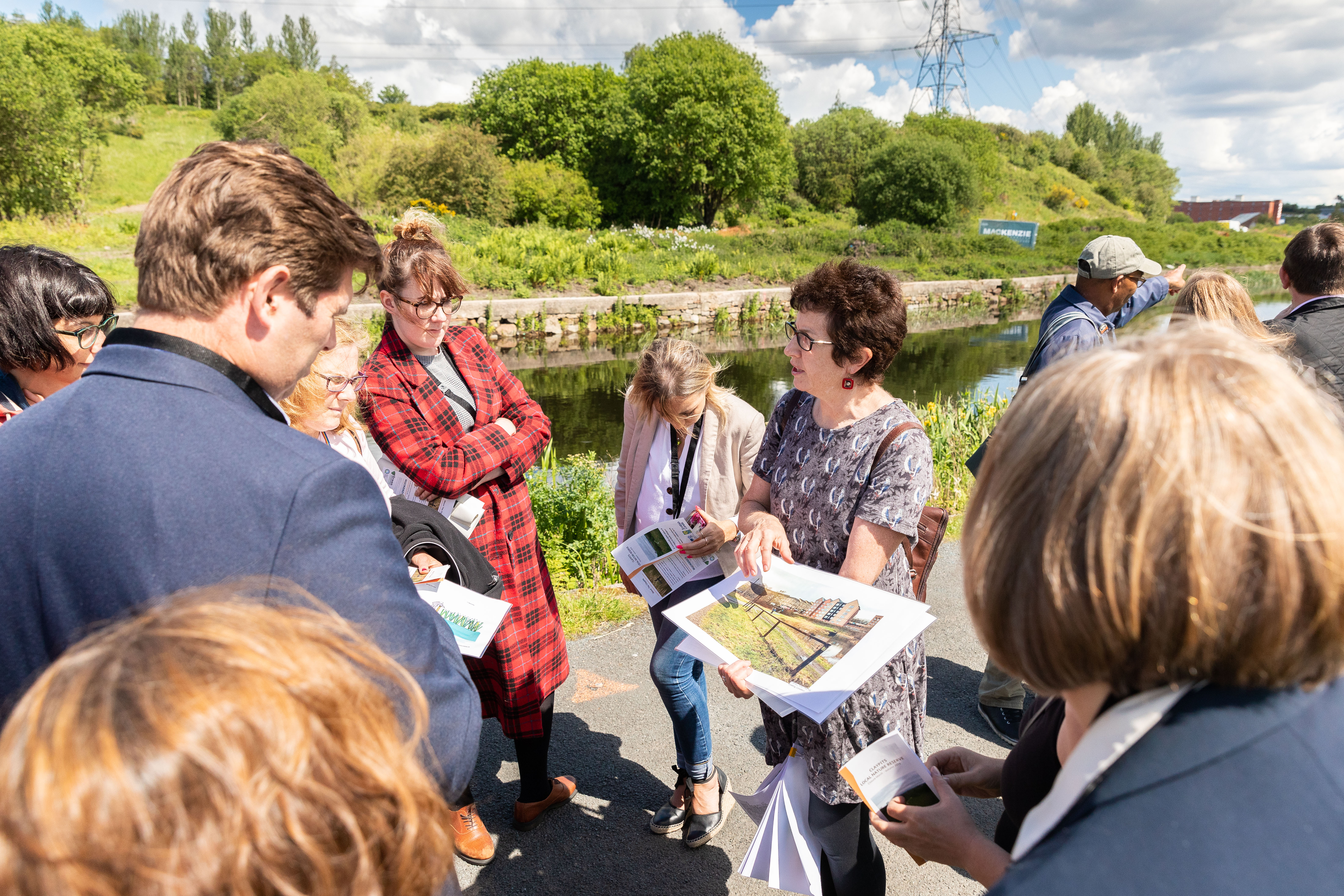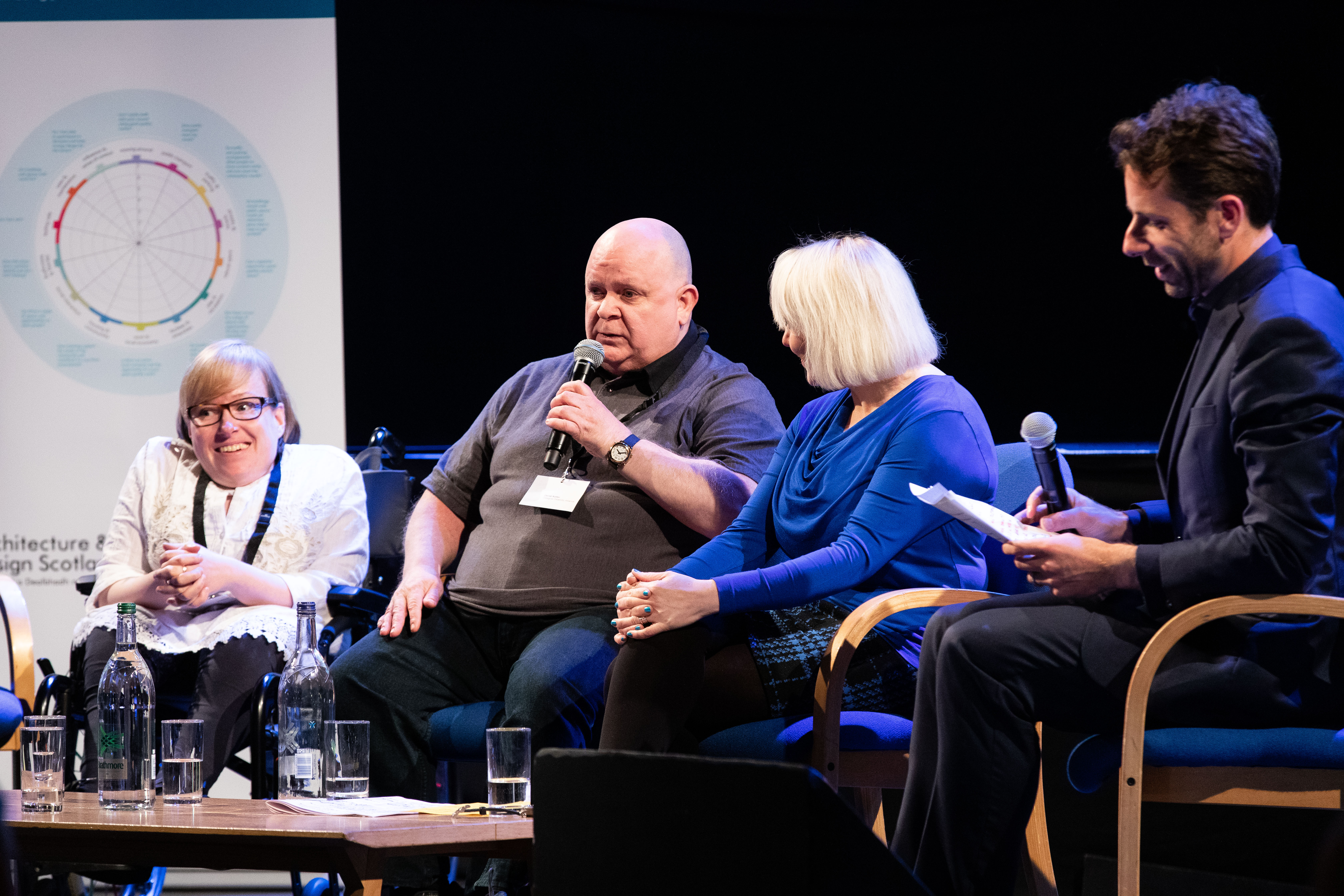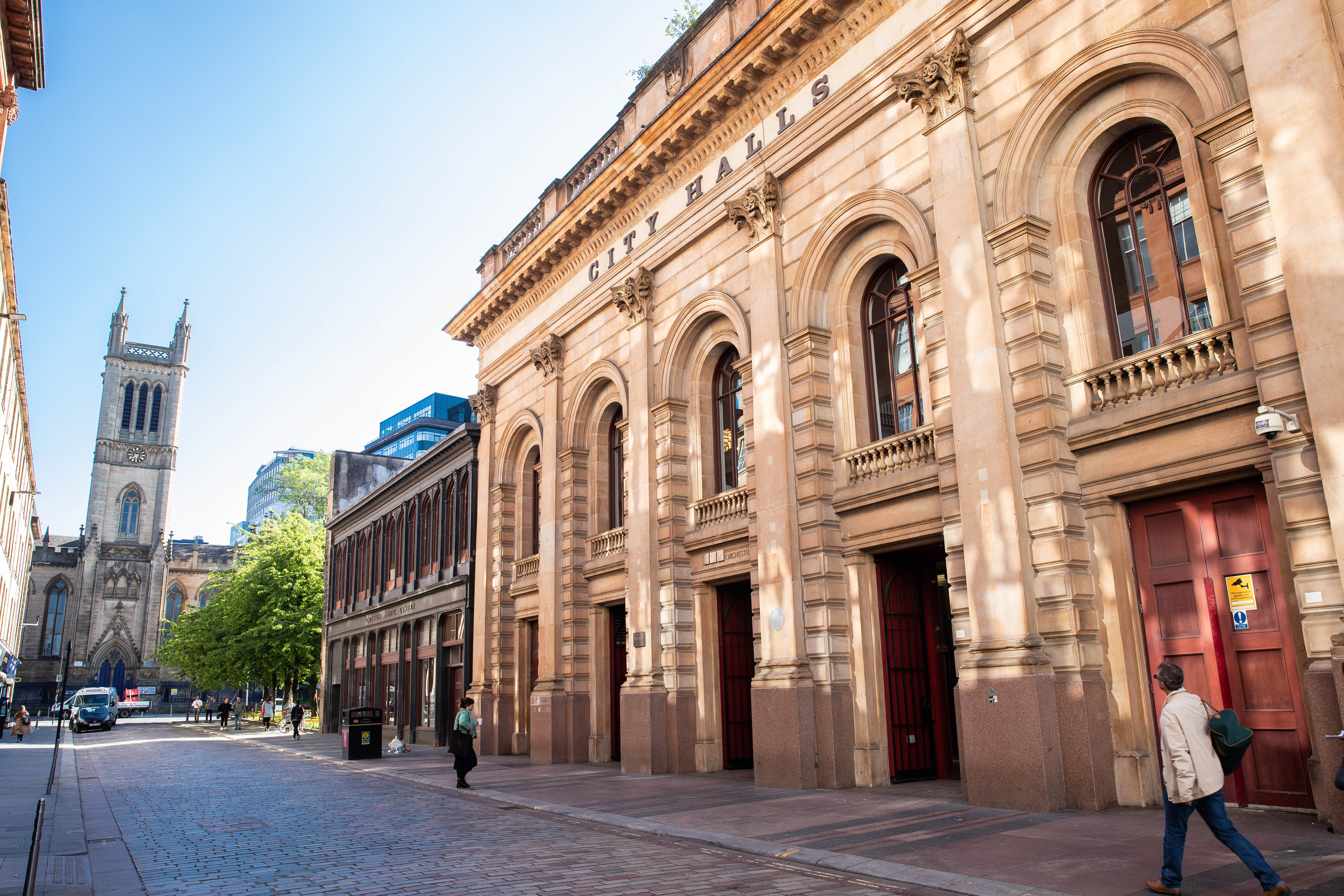There is now a growing body of evidence to indicate that our physical environment – the places where we live, work and socialise – affects our health and wellbeing and contributes to creating or reducing inequalities. But even without the research, it’s plain to see how a neighbourhood with lots of facilities for pedestrians and cyclists, a choice of shops and good public transport connections could benefit health in ways that one with an excess of pubs, fast food shops and car traffic would not.
The importance of place-based approaches to improving health and reducing inequalities was the theme of an international conference held in Glasgow last week.
The venue for the conference – Glasgow’s Old Fruitmarket building – is a shining example of how a great place can be repurposed and reinvented. Originally a wholesale fruit market, the building has been reborn as a unique setting for cultural and business events, but has retained many of its original features, including a lofty vaulted roof and a cast iron balcony.
Facing up to the challenge of place
In his introduction, David Crichton, Chair of NHS Scotland, pointed to the sobering statistics that throw the importance of place into sharp focus. He noted that while the health of Scotland’s population was generally improving, people living in 10% of the country’s poorest areas are four times more likely to die prematurely than those in more prosperous places. The city of Glasgow knows all too well about these stark health inequities. A person living in the deprived area of Calton has an average life expectancy of 54 years, while someone growing up in affluent Lenzie, just 12km away can expect to live to 82.
Glasgow’s Lord Provost, Eva Bolander, acknowledged the challenges facing the city, but also noted that Glasgow is at the vanguard of place making. The city council’s Avenues Project aims to transform 17 key streets, prioritising space for cyclists and pedestrians, introducing sustainable green infrastructure and improving public transport connections. Glasgow is also investing £20m in its Community Hubs programme to bring multiple support services together in areas experiencing high levels of poverty.
Aileen Campbell, the Scottish Government’s Cabinet Secretary for Communities and Local Government, highlighted projects such as Clyde Gateway in Glasgow and the Bellsbank Initiative in East Ayrshire as successful examples of placemaking. Their success, said the minister, lies in focusing on what’s important to the people and communities of these areas, with the support of government and local authorities.
This international conference also heard from Monika Kosinska from the World Health Organisation, who noted that the problems facing Scotland are not unique. Around the world, countries and communities are experiencing the challenges associated with ageing populations and health inequalities. In this sense, she observed, all countries are developing countries.
A sense of coherence
The World Health Organisation’s assertion that health is a complete state of wellbeing, not merely the absence of disease, was at the heart of a powerful presentation delivered by Sir Harry Burns, Director of Global Public Health at the University of Strathclyde.
His research has underlined that poverty is not the result of bad choices. The real problem is that, without a sense of coherence and purpose, people are not in a position to make good choices.
As Sir Harry explained, a child experiencing chaotic early years (featuring parental substance abuse and/or domestic violence) is already on a path to mental health problems which can culminate in a loss of control and long periods of worklessness and poverty. But the implications can be even more serious: “The more adverse experiences you have as a child, the more likely you are to have a heart attack.”
A eureka moment for Sir Harry Burns occurred when he read a book by an American sociologist. Aaron Antonovsky spent the latter half of his career in Israel studying adults who as children had been in concentration camps. He found that the children who survived had developed what he termed a “sense of coherence” – a feeling of confidence that one has the internal resources to meet the challenges of life, and that these challenges are worth engaging with.
That sense of coherence, Sir Harry believes, lies in giving people in poverty greater control over their own resources: “People who have a sense of purpose, control and self esteem are more positive and secure about the places they live in, and a greater ability to make the right choices.”
He concluded that rather than being passive recipients of services, all of us have to be given the opportunity to become active agents in our own lives: “‘Ask people to take control of their lives, build their trust, and people can make choices that support their health. We must create places that do that’.
Placemaking in action
This theme of active engagement in placemaking was demonstrated during a site visit to a new health centre in Woodside, one of the most deprived parts of Glasgow. The aim of the new health centre is to reshape health services from the patient’s point of view, helping them to manage their own health and improve the care they receive. The new centre will bring together GP services, along with dental, pharmacy and physiotherapy services.
The health centre and its surroundings have been created by engaging with the local community. Using ideas from local people, the exterior of the building features designs reflecting the natural and industrial history of the area. Natural light from large windows in the roof floods the centre of the interior, giving a sense of brightness and tranquility, while wooden slats feature designs linking the centre with natural features nearby.
That connection with the natural environment will be reinforced with the development of a community green space close to the new health centre. The Forth and Clyde Canal is just a few minutes’ walk from the health centre, and a new foot and cycle bridge linking the centre to the local nature reserve is under construction. Other features will include new and improved pathways and new wildlife habitats. The natural space is already attracting walkers, joggers, families and cyclists, and local people report feeling they can now visit this area in greater safety than ever before.
The Place Standard
One of the threads running through this conference was the Place Standard, a practical tool developed in Scotland to help communities assess and redesign their own places.
For the final session of the afternoon, round-the-world cyclist Mark Beaumont introduced members of the Glasgow Disability Alliance (GDA) who shared results from their day as the Place Making Team using The Place Standard Tool. The results highlighted some of the elements of place that are important to people with disabilities – but also to others: lack of accessible toilets, poor transport links, networking events with no seating, inaccessible information, no social care support.
Final thoughts
This conference provided some important ideas on what’s wrong with our places, and some examples of places that are getting it right. And even for those that are on the right track, everyone was left with a clear message: when it comes to placemaking, good enough is not enough!
Share
Related Posts
Tackling geographical inequalities is critical for ensuring that all parts of the country have the potential to prosper. When the UK was a member of the European Union, it was entitled to a share of funding from the EU’s structural ....
By Ian Babelon A new-old concept for proximity “Are we there yet?” Parents may patiently nod to their children’s insistent nudges on a 20-minute journey to… somewhere. Quite rightly, researchers have asked: twenty minutes to what? The answer may well ....
Following the adoption of National Planning Framework 4 (NPF4) at the end of February, the Scottish planning system and planning services are dealing with transitioning to a development plan system without statutory supplementary guidance and where the relationship to current ....

